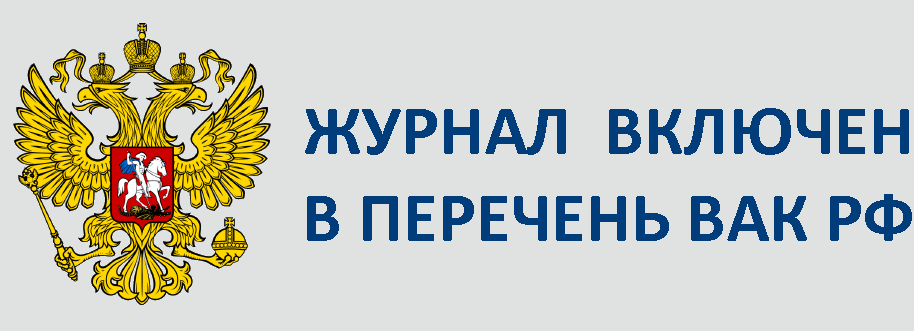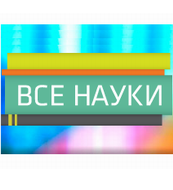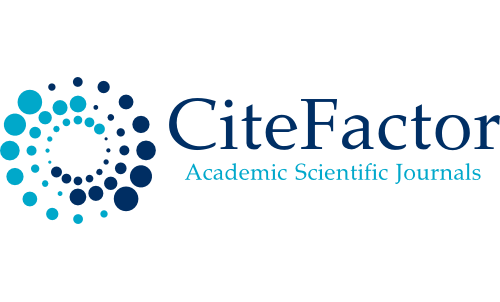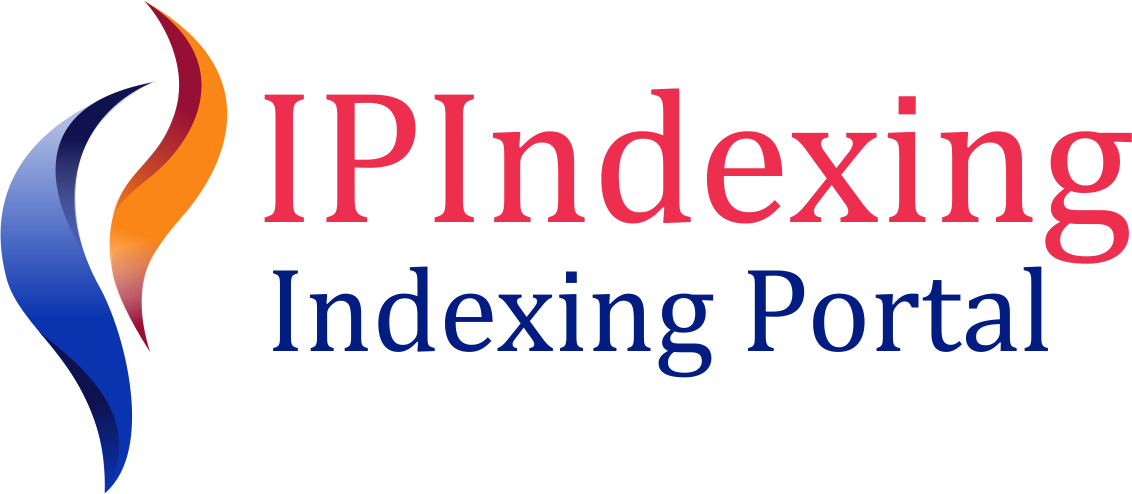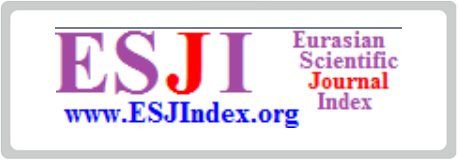Policy towards plagiarism
All the papers submitted to the Editorial office at the preliminary stage of consideration are to be inspected in relation to correctness of borrowings. Should there be any justified suspicions in plagiarism or should any technical tricks which can allow to hide it be detected a paper is not accepted for further consideration. Authors are informed about a paper rejection due to occurrence of suspicion in plagiarism. Should plagiarism be detected in a paper which has already been published such paper is retracted from publication without any possibility to be recovered (without physical removal and only by publishing a statement on plagiarism occurrence on the relevant web-pages on the journal web-site and a paper file). Should any incorrect borrowing occur in a submitted paper, all cases of such borrowings are to be considered individually.
The Editorial office treat the following as plagiarism:
• use (word-for-word citing) of any materials in any volume without indicating a source;
• use of images, figures, photos, tables, graphs, schemes and any other graphic information without indicating a source;
• use of images, figures, photos, tables, graphs, schemes and any other graphic information published in scientific and popular editions without a copyright holder’s consent;
• absence of written consent to use materials authors or copyright holders of which forbid use of their materials without firm agreement.
The Editorial office treat the following as incorrect borrowings:
• absence of graphic highlighting of a word-for-word cited text but with a link to s source;
• incorrect references (incomplete data on reference description of a source which make its identification rather complicated);
• a reference which is given not to the first source of a borrowed text without clear indication of the fact (an error in determining the original source);
• absence of references from the text to sources given in a paper references;
• excessive citing (when there are references to sources and graphic highlighting of a cited text), a volume of which cannot be justified by a paper genre and goals.
An acceptable volume of citing (correct borrowings) cannot exceed 30% of the total paper volume. This requirement is not applicable to reviews and other papers which objectively require greater citing volumes. Such materials are considered by the Editorial office individually. Papers the content of which corresponds to other scientific materials of the same author (thesis, abstract of a thesis, monograph, previous publications in journals and collections) in volume greater than 30% are not accepted for publishing.




